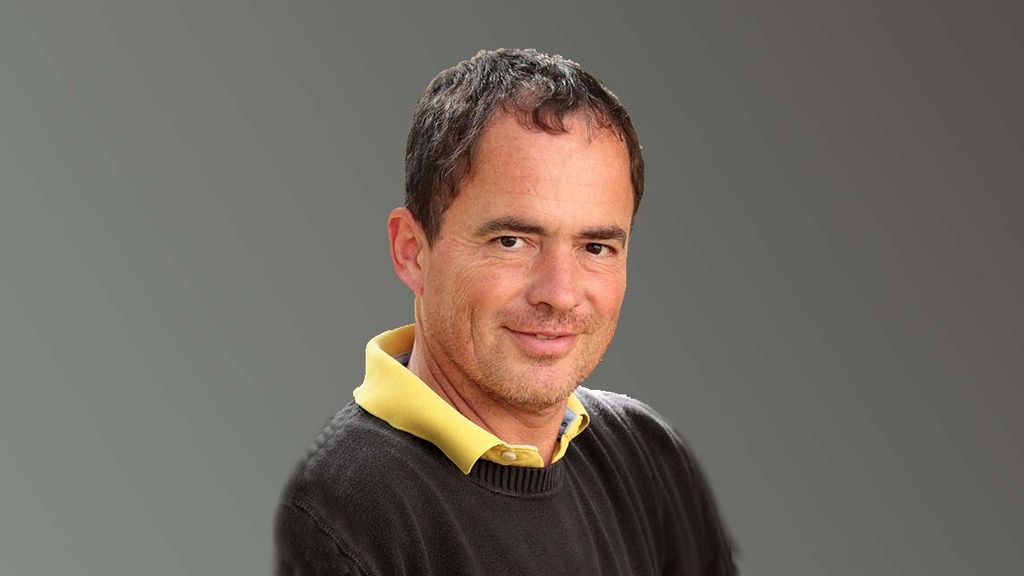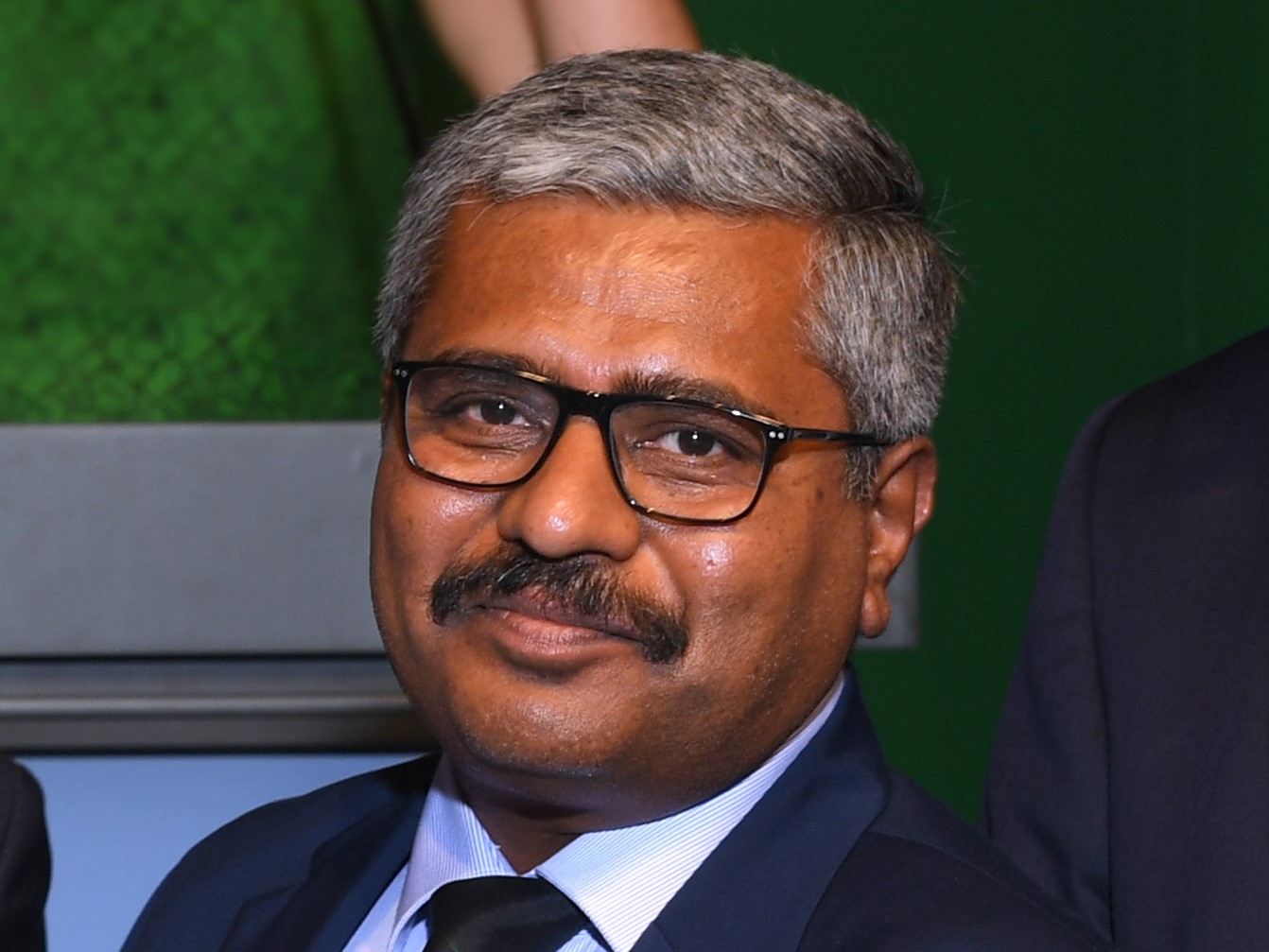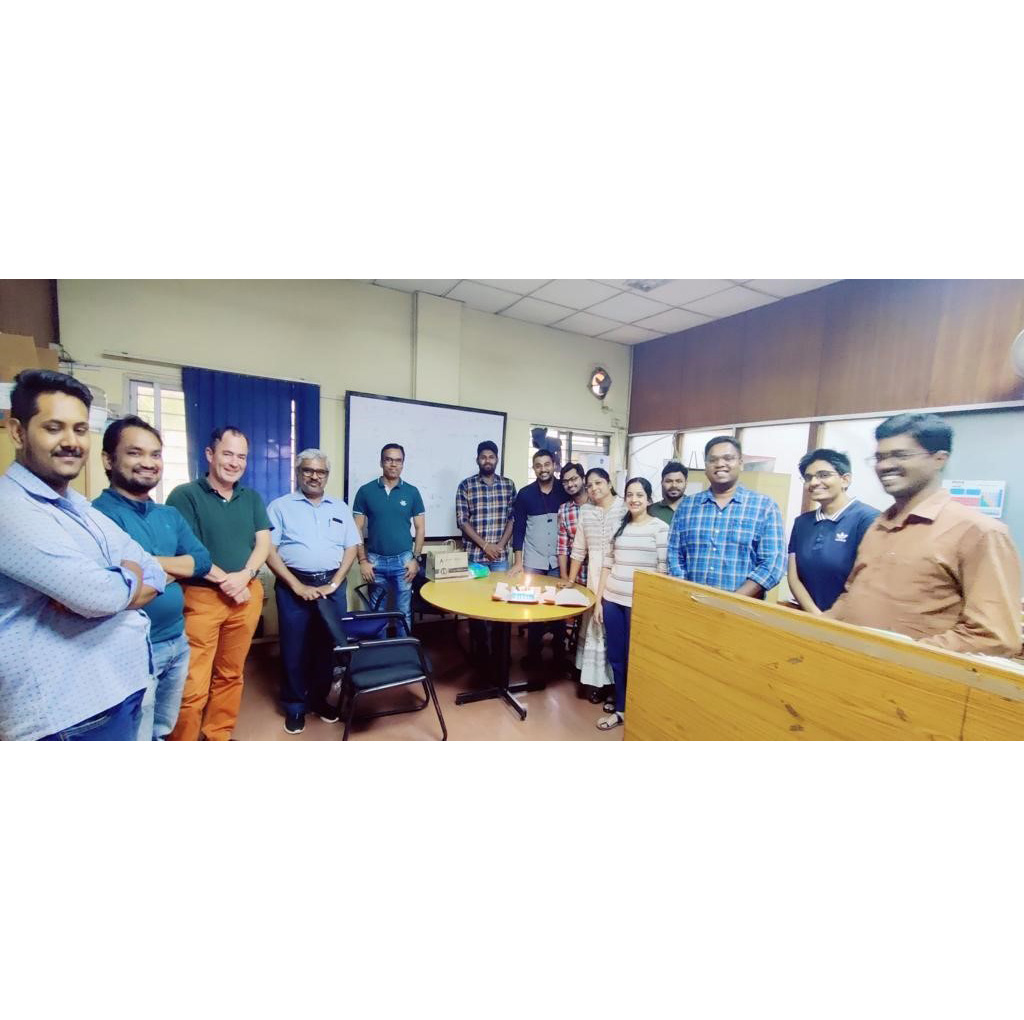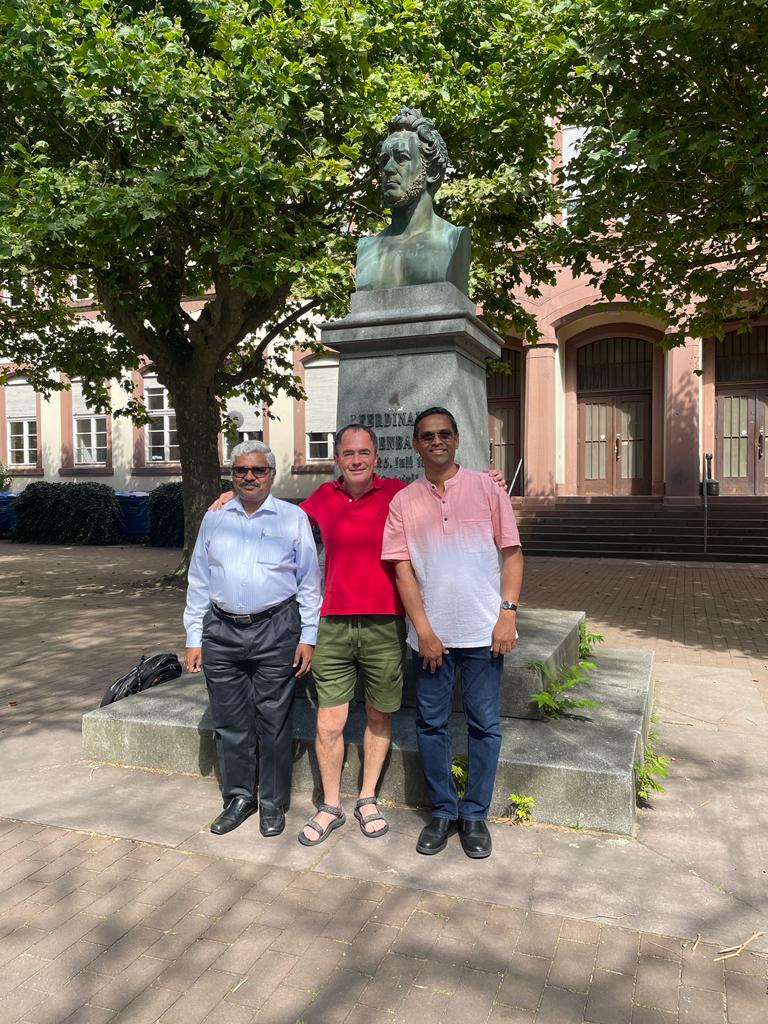A bottom up approach to manufacturing – a Joint project collaboration under the DFG-DST Call in the Material Sciences
Experimental and numerical engineering of novel eutectic high melting Mo-Si-Ti alloys processed by additive manufacturing: microstructure, texture and ensuing properties

Prof. Martin Heilmaier
© Prof. Heilmaier
Setting up the collaboration…
The PI´s first meet at an international conference in Paris via their mutual collaborator Prof- Werner Skrotzki. On the occasion of his prior stay in Dresden, Germany due to the AvH Bessel Award, Prof. Suwas was already aware of the great research landscape in Germany. After they found out that both served on the advisory board of yet another conference, the PI´s explored mutual interests. Being made aware of a joint call between the DFG and its Indian partner agency DST in 2017, they successfully applied for joint funding.
This joint project was initiated to gain more insights in a process called additive manufacturing (AM) – which currently a worldwide hot topic in materials science and engineering, as it is a resource efficient and economic process in contrast to the commonly used subtractive engineering. The team wanted to develop high temperature structural materials by AM to be used e.g. in gas turbines.
Further Information

Prof. Satyam Suwas
© Prof. Suwas
Starting with metallic powders the process saves energy, is efficient and will save material as residual powders can be used multiple times. The PI´s came together because of this common interest and their complementary expertise.
Although the project start was delayed due to the pandemic, the two partners could successfully join forces in the last years and could develop a new machine to provide the metallic powders for the process and fabricate solidification equipment to continue working on the process of additive manufacturing. Regular online meetings did help to exchange results of ongoing experiments, but the personal exchange during the month of March 2023 in Bengaluru was a missing interaction that both PIs welcomed very much again.

Prof. Heilmaier (3rd from the left) during his visit to the laboratory of Prof. Suwas (4th from the left) in Bangalore in 2023
© Prof. Suwas
What made this Indo-German collaboration a good match…
Heilmaier: “The Indian way of thinking science is pretty familiar and similar to the German way of doing it. India may look crowded and confusing, but we have a similar way of thinking about scientific problems.”
Suwas: “I endorse this idea. After several stays in Germany – Aachen among others, three summers in Germany, then Dresden – I feel very comfortable there. I have collaborated with scientists in the whole world … but with Germany it was really very natural. There are no formalities, no restrictions in research. Also in regards to being a guest scientist, it is easy to be involved, and get access. The whole process feels very natural….”

Prof. Suwas and Prof. Heilmaier in Karlsruhe 2023
© Prof. Suwas
Both PI´s are convinced, that the collaboration is successful due to the common understanding of how scientific problems should be solved. The similarity in scientific thinking and to always look for mechanisms in a deeper way helped in this joint endeavour. Also their own experiences in the respective other country helped to gain insights in what to expect of an Indo-German collaboration.
From their point of view, funding for international collaboration should (as was with this joint call between the DFG and DST) be as free as possible to allow for creative approaches.
The text was written by Dr. Franziska Langer with interview input by Prof. Heilmaier and Prof. Satyam Suwas.
For further information please get in contact with us at: India@dfg.d